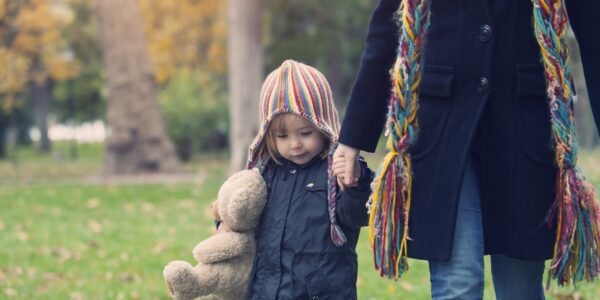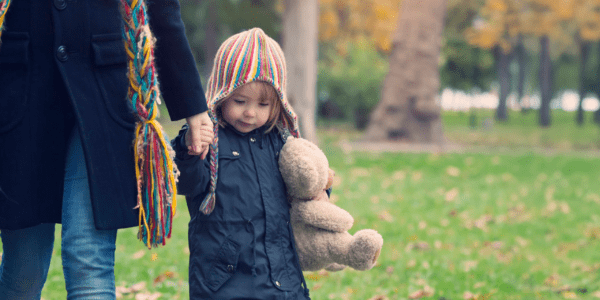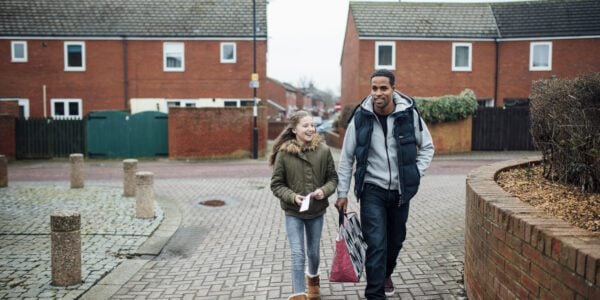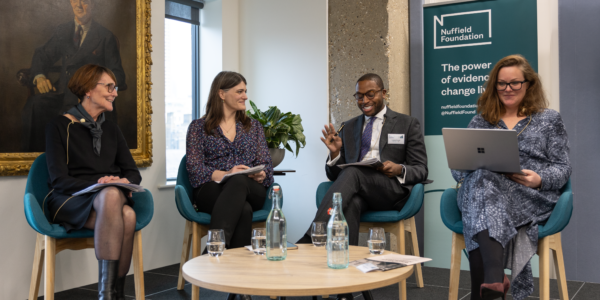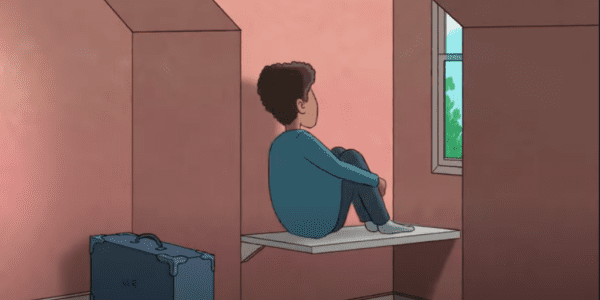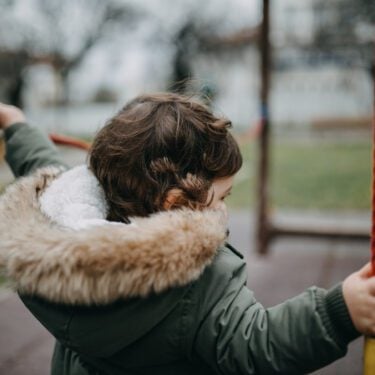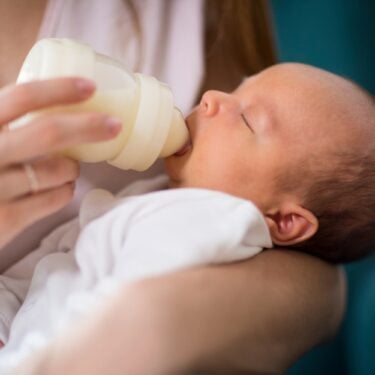
29/03/22
3 min read
A new evidence review published today provides stronger evidence that links poverty to child abuse and neglect.
The review found that changes in income alone, holding all other factors constant, have a major impact on the numbers of children being harmed. Reductions in income and other economic shocks increase the numbers of children being subject to neglect and abuse, while improvements in income reduce those figures.
The Relationship Between Poverty and Child Abuse and Neglect: New Evidence is based on reviews of 90 research papers from the last five years. The review was led by Professor Paul Bywaters from the University of Huddersfield and Guy Skinner from the Tavistock and Portman NHS Trust and funded by the Nuffield Foundation. It complements the work of the Child Welfare Inequalities Project and a review of earlier research published by the Joseph Rowntree Foundation in early 2016.
The review concludes that local authority children’s services often take insufficient account of the socio-economic circumstances affecting families into account, and that more information about how poverty is influencing the numbers of children from different backgrounds being harmed is needed.
Professor Paul Bywaters said: “The international evidence about the relationship between poverty and child abuse and neglect is much stronger now than it was five years ago. From this research, we can be certain that increased pressures on family life will lead to the risk that more children will be subject to harm, abuse and neglect, unless government and service providers can respond more effectively.
“There is a need for government to ensure that all families have the basic conditions to bring up their children successfully but the Chancellor’s spring statement was a disappointment. Families also require a better response from local government and local practitioners to the poverty that they are experiencing.
“There is a real need for more detailed and nuanced information about how the relationship between poverty and abuse and neglect works, particularly how it affects different children differently. Better knowledge about how poverty and abuse and neglect affect children of different ages, backgrounds, and particularly children with disabilities is vital.”
The research took place in the period that included the start of the COVID-19 pandemic, and while domestic abuse of partners was found to have increased during lockdown periods, Professor Bywaters says it is too early to tell whether the pandemic led to an increase in the number of children experiencing abuse and neglect.
“There were no immediate large changes in the numbers of children on child protection plans. There were some small changes, but they tended to be in line with trends that were already in the pipeline.
“It does not look like there was a massive shock to the system in the numbers of children being identified as having serious problems. However, with the Resolution Foundation predicting that 500,000 more children will fall into absolute poverty next year and the squeeze on local authority budgets from high inflation, the expectation has to be that acute pressures on families will lead to more child abuse and neglect.”
Rob Street, Director of Justice at the Nuffield Foundation said: “Children’s services are already under pressure from increasing use of child protection interventions over the last decade, particularly for children living in the poorest areas, as well as cuts to preventative services to support families. This review provides further evidence that poverty is a significant risk factor for children, and we need action to alleviate financial pressures on families if we are to prevent harm.”
The report was co-written by Aimee Cooper, a second-year medical student at the University of Cambridge, Eilis Kennedy, a Consultant Child and Adolescent Psychiatrist and Director of Research and Development at the Tavistock and Portman NHS Foundation Trust, and Afra Malik, a fourth-year medical student at the University of Cambridge.
Register for our webinar
Download reports

